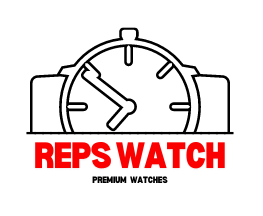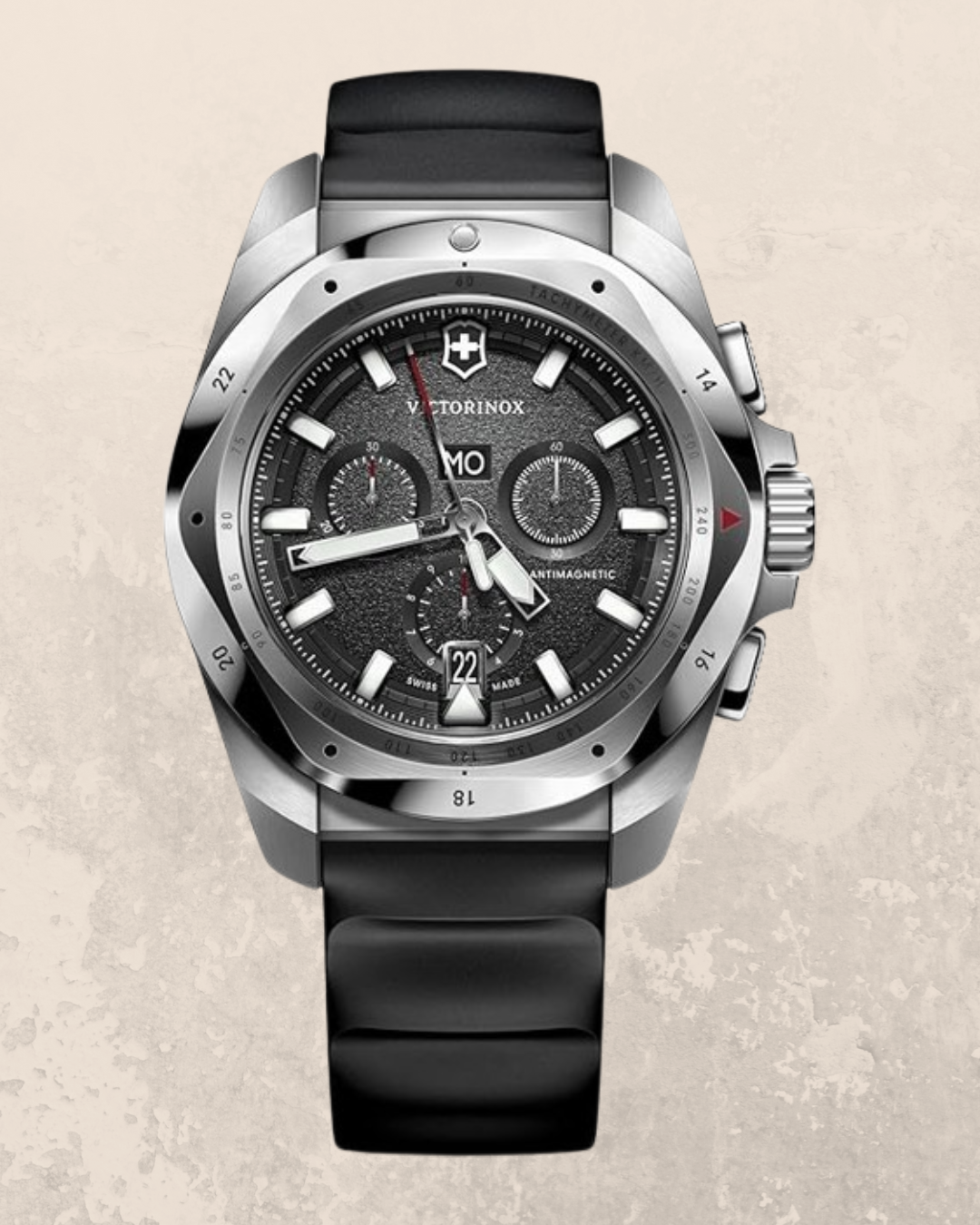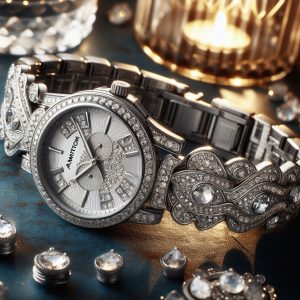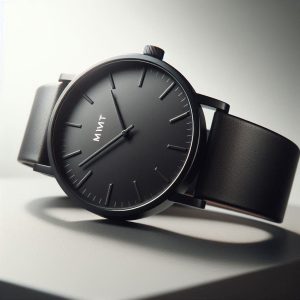A chronograph watch is more than just a regular timepiece. It’s a combination of style, precision, and functionality that has captivated watch enthusiasts for generations. From its role in historical moments to being a key feature in modern luxury watches, the chronograph offers more than just time-telling capabilities. But what exactly is a chronograph watch? How does it work? And why is it such a coveted accessory today?
This comprehensive guide will cover everything about chronograph watches, from their definition to the history, functionality, and top models on the market today. Whether you’re a watch aficionado or a curious beginner, by the end of this article, you’ll have a deeper understanding of why a chronograph watch is more than just a timepiece.
Table of Contents
What is a Chronograph Watch?
At its core, a chronograph watch is a timepiece that doubles as a stopwatch. While it tells the time like any regular watch, it also has a separate stopwatch function that can be started, stopped, and reset independently. This feature is typically controlled by pushers located on the side of the watch case, usually at the 2 o’clock and 4 o’clock positions.
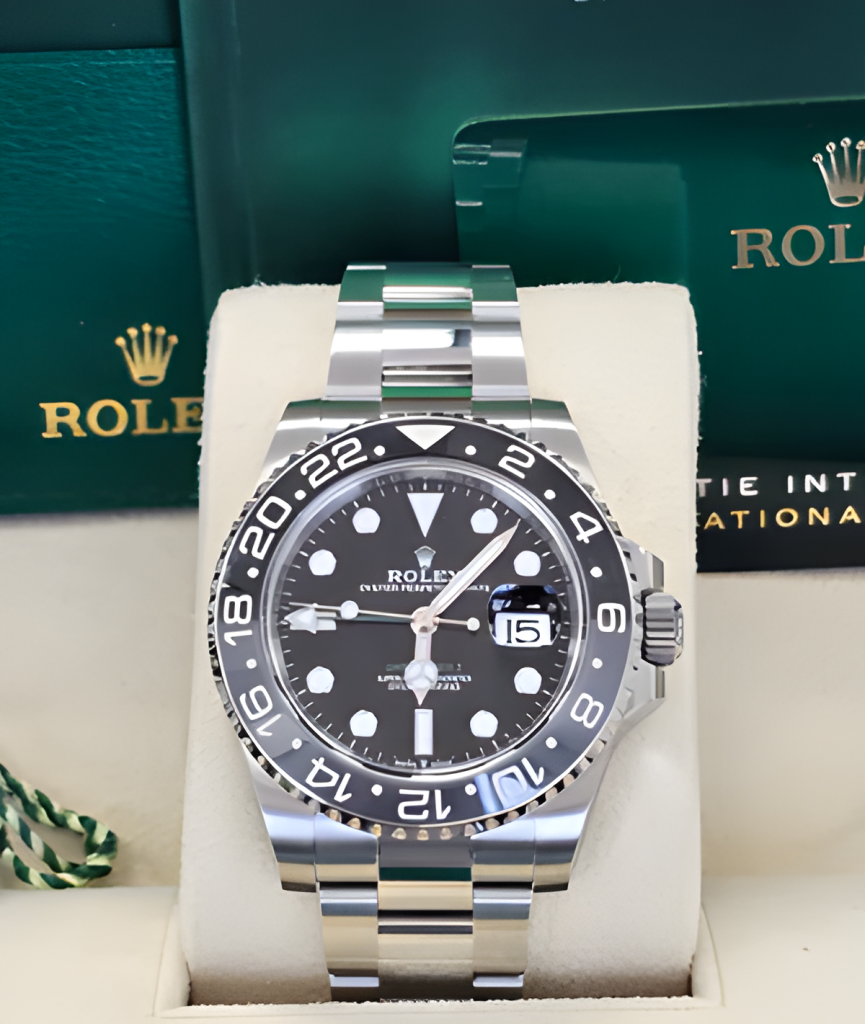
Key elements of a chronograph watch include:
- Pushers: Buttons that control the start, stop, and reset functions of the stopwatch.
- Sub-dials: Smaller dials on the main watch face that track elapsed time, usually in seconds, minutes, and hours.
The name “chronograph” comes from the Greek words “chronos” (time) and “graph” (writing). Early chronographs used to mark time intervals by physically writing on the watch’s dial, but today, this function is much more sophisticated.
How Does a Chronograph Work?
The chronograph function works through a complex mechanism of gears and levers inside the watch. Here’s how the process works:
- Start: The wearer presses the first pusher to engage the stopwatch function. A separate hand starts moving on one of the sub-dials to count the seconds.
- Stop: Pressing the pusher again stops the timing.
- Reset: The second pusher resets the hand back to zero, preparing the watch for another use.
Some chronographs, known as flyback chronographs, allow you to reset the stopwatch without stopping it first, which is a handy feature for certain professionals like pilots.
Chronograph watches come in two main varieties: analog and digital. Analog chronographs have the classic mechanical look with sub-dials, while digital ones use digital displays to measure elapsed time.
👉 Discover the latest chronograph watches with versatile features – Explore Now!
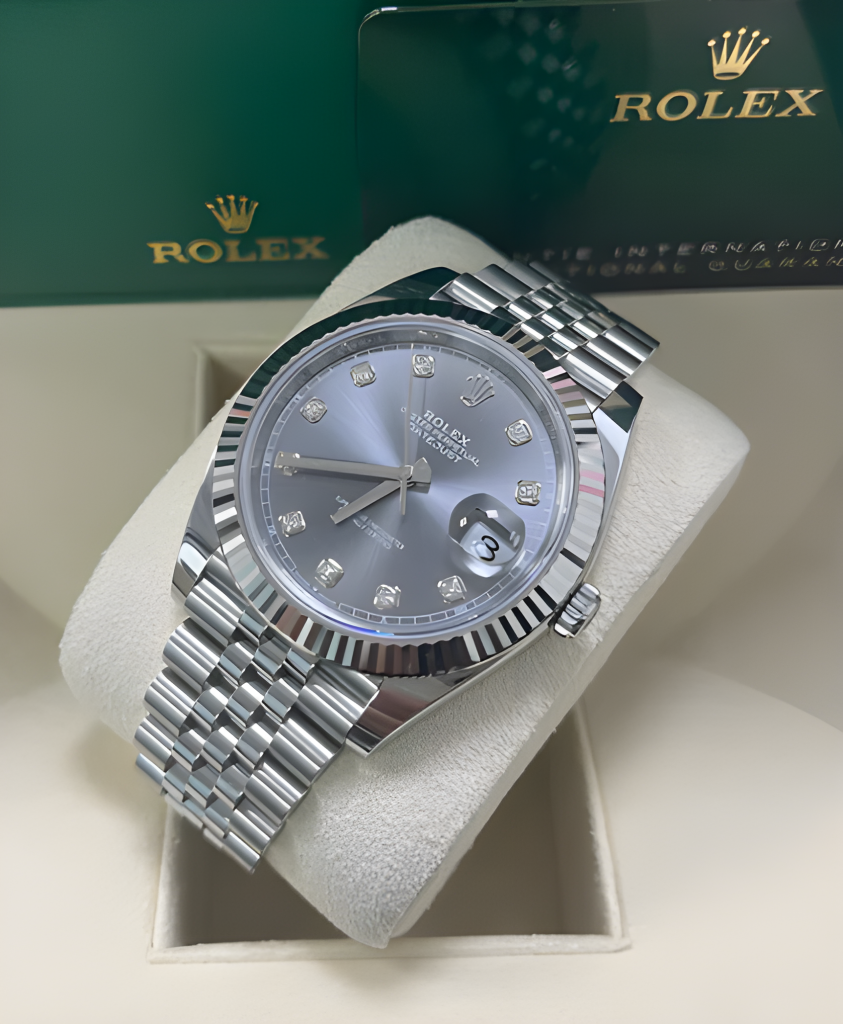
A Brief History of the Chronograph
The chronograph was first invented in 1816 by Louis Moinet, primarily for astronomical purposes. However, the first widely-used chronograph was introduced by Nicolas Mathieu Rieussec in 1821 for timing horse races. His chronograph worked by using a pen to mark the dial, giving race officials a way to record the duration of a race accurately.
In the 20th century, chronographs gained even more recognition due to their use in aviation and motorsports. The Rolex Daytona and the Omega Speedmaster are two chronograph watches with significant historical importance. The Omega Speedmaster was famously worn by astronauts on the Apollo 11 mission, making it the first watch on the moon.
Uses of a Chronograph Watch
Chronograph watches are known for their versatility. While they were originally designed for racing and aviation, their use has expanded into many fields, such as:
- Sports: Athletes use chronographs to time laps, races, and intervals in various sports.
- Aviation: Pilots have long used chronographs to track fuel consumption and flight times.
- Motorsports: The tachymeter on some chronographs allows drivers to calculate speed based on time and distance.
- Diving: Some chronographs are also used in diving to measure time spent underwater and keep track of air supply.
Modern chronograph watches serve both functional and aesthetic purposes. They are not just for professionals but are also perfect for those who enjoy the luxury and sophistication that comes with owning one.
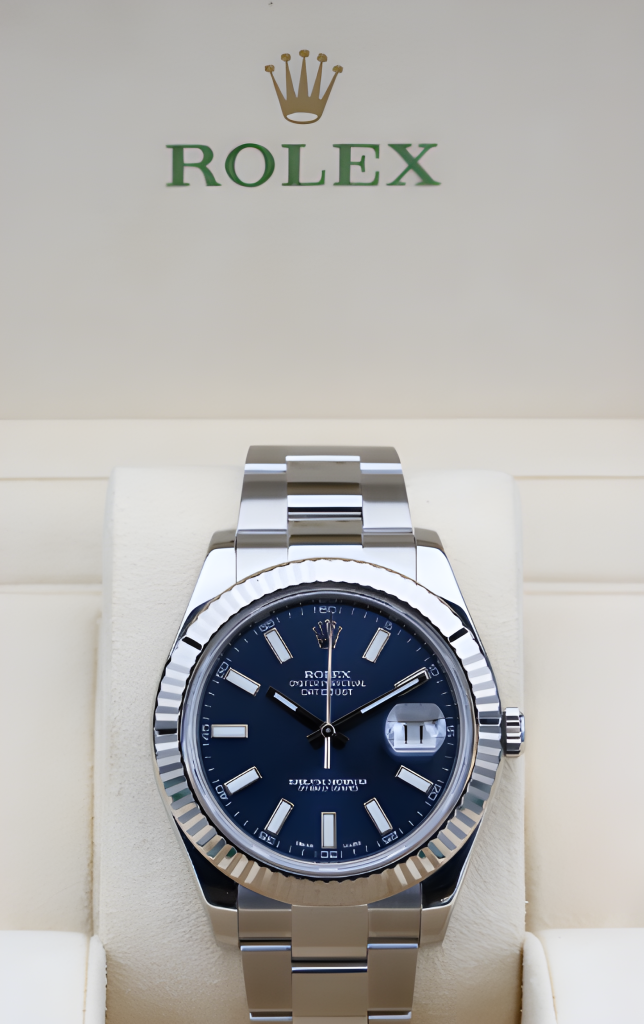
Key Features of Chronograph Watches
While all chronographs serve the same basic function of timekeeping and measuring intervals, they can have a variety of additional features, such as:
- Tachymeter Scale: Often found on the bezel, this scale is used to calculate speed over a fixed distance, making it particularly useful in motorsports.
- Multiple Sub-dials: Chronographs often have three sub-dials that display elapsed seconds, minutes, and hours.
- Flyback Function: This feature allows the wearer to reset the chronograph without having to stop it first, which is especially useful in aviation.
Top Chronograph Watch Models
If you’re looking to invest in a chronograph, here are some of the most iconic models to consider:
1. Rolex Daytona
Arguably the most famous chronograph, the Rolex Daytona was originally designed for racing drivers. It features a tachymeter scale on the bezel, allowing drivers to measure speeds up to 400 kilometers per hour.
2. Omega Speedmaster
Known as the “Moonwatch”, the Omega Speedmaster was worn by astronauts during the Apollo 11 mission. It’s a chronograph that not only has historical importance but also boasts incredible durability and precision.
3. Tag Heuer Carrera
The Tag Heuer Carrera is another motorsport-inspired chronograph that has become a favorite for both racing enthusiasts and luxury watch collectors. It features a sleek design with a highly accurate stopwatch function.
4. Breitling Navitimer
The Breitling Navitimer is one of the most famous pilot’s watches, featuring a slide rule bezel that can perform various aviation-related calculations, including fuel consumption and time of arrival.
👉 Check out these legendary chronograph watches and find your perfect match – Shop Now!
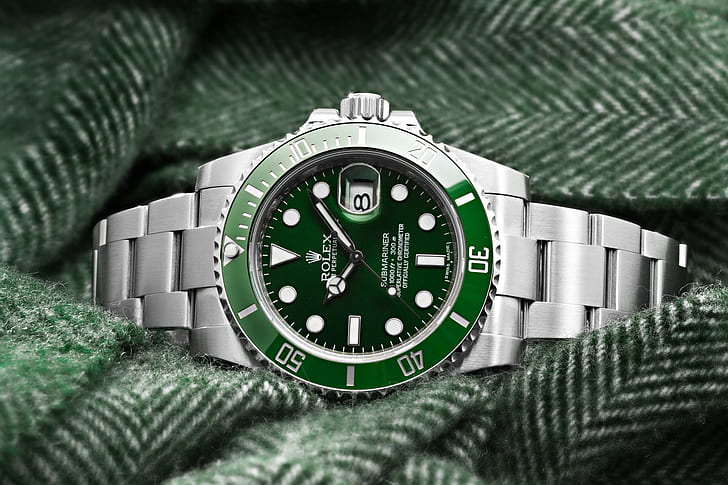
👉 Check out this model on Gamzo & Co. for more details.
How to Choose the Right Chronograph
Choosing a chronograph watch comes down to your personal preferences and how you intend to use it. Here are some key considerations:
- Budget: Chronographs come in both affordable and luxury models. Determine your budget before you start shopping.
- Usage: Are you buying the watch for daily wear, sports, or special occasions? Your intended use will affect your choice of material, water resistance, and durability.
- Style: Chronographs come in various designs, from vintage-inspired pieces to modern, minimalist watches. Choose one that matches your personal style.
Chronograph Watches vs. Regular Watches
The biggest difference between a chronograph watch and a regular watch is functionality. While a regular watch simply tells the time, a chronograph offers additional functions like a stopwatch and sometimes a tachymeter. Chronographs also tend to have more complicated dials, making them visually striking.
Chronographs are often considered statement pieces due to their intricate design and versatile functionality, making them popular among collectors and professionals alike.
How to Maintain a Chronograph Watch
Chronograph watches require special care due to their intricate mechanisms. Here are some tips on maintaining your chronograph:
- Cleaning: Use a soft cloth to clean the watch regularly and avoid exposure to moisture unless it’s a water-resistant model.
- Servicing: Chronographs should be serviced by a professional watchmaker every 3-5 years to ensure their accuracy and longevity.
- Handling: Avoid overusing the chronograph function unnecessarily, as it can wear out the internal components over time.
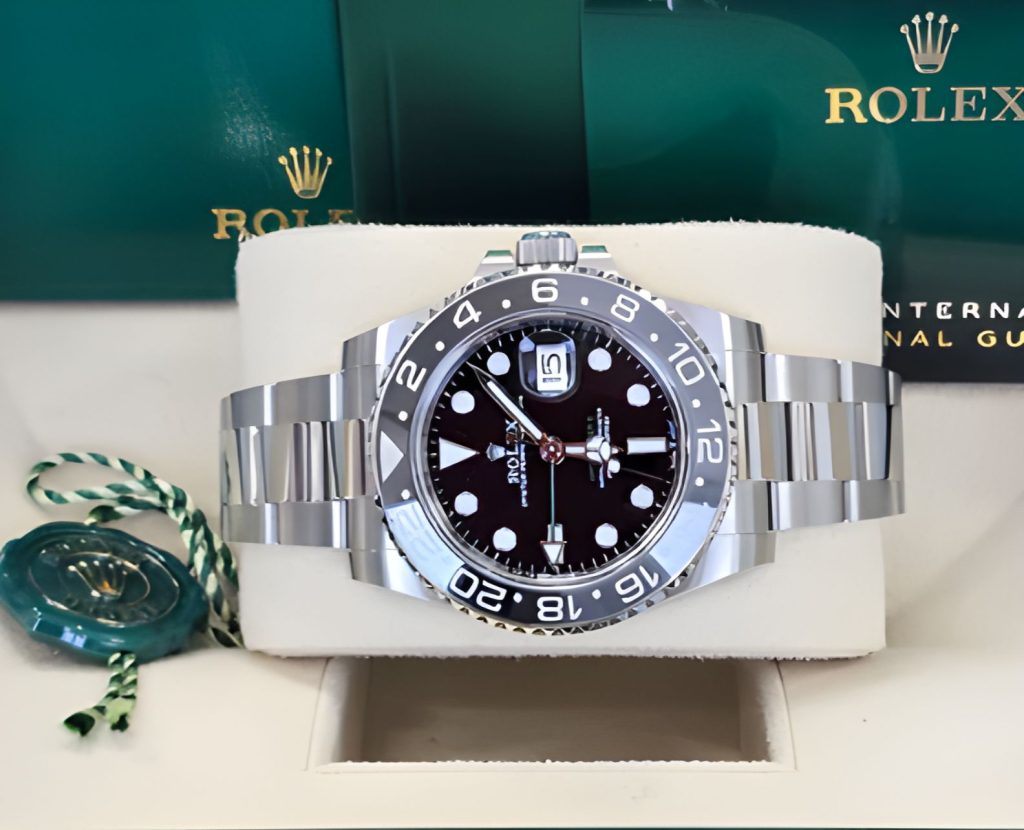
FAQs About Chronograph Watches
1. What is the difference between a chronograph and a chronometer?
A chronometer is a watch that has been certified for its precision by an official body like COSC, while a chronograph is a watch with a built-in stopwatch function.
2. Can chronographs be worn daily?
Yes! Many chronograph watches are designed for daily wear, combining practicality with elegance.
3. Are chronograph watches more expensive than regular watches?
Chronographs can be more expensive due to their additional functionality and more intricate movements, but there are options in various price ranges.
Conclusion: Why a Chronograph Watch is Worth Owning
A chronograph watch is more than just a tool; it’s a statement of precision and style. Whether you’re into sports, aviation, or simply appreciate the craftsmanship behind luxury watches, a chronograph offers versatility, functionality, and timeless appeal. From affordable options to high-end models, there’s a chronograph for every watch enthusiast.
👉 Explore our full range of affordable and luxury chronograph watches – Browse Now!
